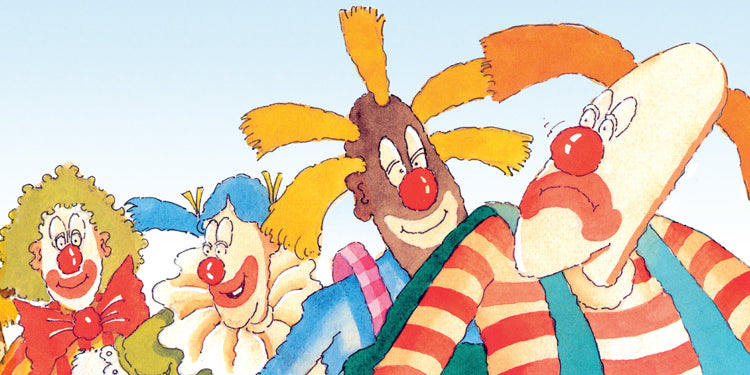 This is a guest post by Kathy Crane, who will be contributing a series of posts over the next few months. If you like what you see here, check back frequently for more posts from her. You can also read her blog,
Kindergarten Kiosk
.
This is a guest post by Kathy Crane, who will be contributing a series of posts over the next few months. If you like what you see here, check back frequently for more posts from her. You can also read her blog,
Kindergarten Kiosk
.
I was introduced to the concept of “shared reading” during my first year of teaching
when my principal sent me to a professional development opportunity to learn a “new” method of teaching, that I soon found to be priceless. So what is shared reading?
Shared reading has its roots in "whole language" and is an instructional approach that is collaborative in nature. It is based on the research of Don Holdaway (1979) that emulates and builds from a child’s
laptime
experience with books and moves the experience to the classroom setting with the use of
big books.
By using the techniques of shared reading, teachers can empower students to become confident, independent readers by practicing important reading behaviors in a safe, risk-free environment.
The steps of shared reading:
- A formal shared reading begins with warm-ups! The teacher can lead the group with favorite song, fingerplay, or poem that will set the stage for the book to be read. For example, if your big book happens to be “Do-Whacky-Do,” you might want to try this song about clowns. (You can download a 1237x1600 pixel image of this song at the bottom of the page!)

I see a clown who is short and really fat.
I see a little clown with a funny nose.
I see a clown with pointy toes.
I like the little clown who’s big and strong.
I like the clown who giggles all day long.
I like the little clown who is happy as can be.
I like the clown who dances for me!
- After the warm-up, the teacher can use questioning techniques to build on prior knowledge , such as: “What do you already know about clowns?” “Has anyone seen a clown?”
- The teacher then can pull out the book Do-Whacky-Do . “I want to read a new book to you today. What do you think this book will be about?” (At this time, the teacher can point out the name of the author and illustrator, draw attention to the illustration on the cover, and narrow earlier predictions).
- The teacher will then read the story aloud to the students. During this initial reading, the teacher will model good reading habits. She will read with expression, pitch, pausing at punctuation, etc. During this reading, the teacher may demonstrate “think aloud” techniques. This first reading is a time for students to see how a good reader brings a story to life with excitement and joy.
- Next, the teacher will invite the students to read with her as she points to the words in the story. This choral "read together" time gives students opportunity to imitate skilled reading as they “read” text that they could not read on their own. This important section of shared reading has many varied activities and focus. Look for my follow-up post titled Teaching Kids to Read with Shared Reading: Part 2 to learn more about this step!
To download a larger image of the clown song, click the image below.




















































